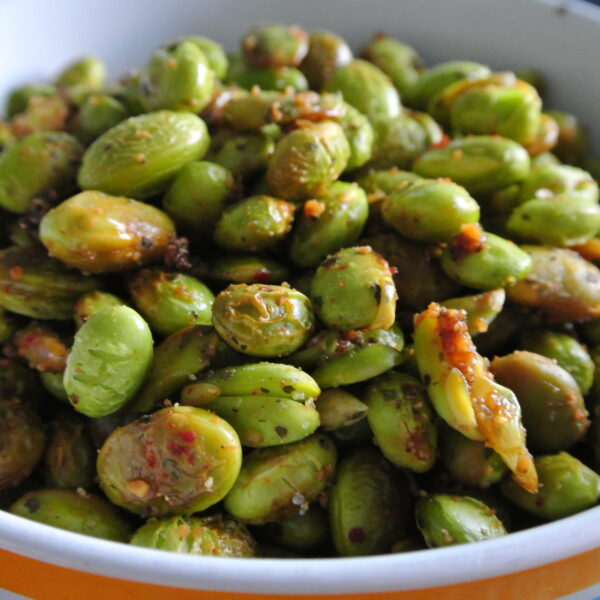The Indian catering services market is fragmented in nature. The market value was approximately Rs. 3,37,500 crore in 2017 and reports suggest that by 2022, the market value will increase to Rs. 5,52,000 crore. The Indian food services market is expected to grow at a CAGR of 10% and it is one of the fastest-growing catering services regions in the world. In India, Mumbai and Delhi-NCR have a market share of 22% in the overall Indian company. The mini-metros comprise 20% of the food services market share in India and these regions include Chennai, Kolkata, Bengaluru, and Hyderabad. The key suppliers are Elior, Compass Group, UDS, and Sodexo.
In the past, the Indian catering services have grown at a CAGR of 7.7% in three years which is why the prediction states that in the future the growth will be higher than before. The food service industry is highly beneficial to various industries as these can profit from the growth in its market. These industries include real estate, agriculture and food processing, kitchen equipment and commissary, and supply chain and logistics. Another benefit of the growth of Indian catering services has been employment. In 2016, around 6 million people were employed by the food services industry.
It has been estimated that by 2021, the food industry market will employ up to 9 million people which will help boost the economy. Indirect employment is also expected to grow because of the growth in the market to 6%. The catering services market growth in India has proved to be profitable for the Indian economy. This is because of how much employment it generates as a result. Moreover, since other industries benefit from the food services industry it is going to be beneficial for everyone. Skill development is going to be a contributor to the economy too which will be a result of the growth in the catering services.
The catering industry analysis by Beroe states there are two segments present in India; organized and unorganized. These segments are based on three factors; how organized the operations are, transparency in accounting, and outlets. The organized segments are those which conform to these three parameters and the unorganized segments are those which lack one or more of these parameters. Unorganized segments in India include street stalls, dhabas, and roadside eateries. The organized segment of the industry can be further classified into chained and standalone segments. Standalone restaurants are those which have less than 3 outlets while chained are those which have more than 3 outlets.
According to the 2020 market intelligence report by Beroe, the catering market trends show that unorganized players have had the lion’s share of the market so far. However, things are slowly changing as organized players are making an effort to catch up and to improve the way they conduct business to make a strong base in India. In 2013, the unorganized segment accounted for 70% of the catering services market but in 2016 that share fell to 66%. Reports suggest that by 2022, the unorganized segment can fall further to 57% and organized operators step up their game. The organized market value in India was Rs. 1,15,000 crore in 2017.
The Indian organized market value is predicted to increase to Rs. 2,37,000 crore by 2022 due to a CAGR of 16%. The market share of the organized market will increase to 40%. In 2017, the market share of the organized segment was 31%. In this, the share of the organized standalone market was 24% and the share of the organized chain market was 7%. The organized standalone market is predicted to reach 29% and the organized chain market is predicted to reach 11% by 2022. Trends indicate that independent restaurants in hotels in India will grow at a CAGR of 9% until 2022 with the market share of this segment remaining constant at 3%.
The demand for catering services is increasing in India which is why the catering services market is likely to see positive growth in the future. Many drivers are responsible for this. Food perks are used by employers to attract new employees and to retain older ones. Indians are becoming more conscious about eating which is why they are opting for healthy options. This has led to market growth. Moreover, Indians are fond of customized foods. Since there are many cuisines in the country, catering service providers are proving local delicacies with a twist and other food items that are driving the industry.
The demand for food services is increasing as the working population is increasing and people are more willing to try new dishes and foods. In addition, higher disposable incomes have pushed the food services market higher. Online food ordering and food vending machines are adding to the growth of the catering services. There are a few constraints that can impact the catering services market. Price sensitivity and food safety are two of the constraints that can slow the growth of the market. Moreover, quality manpower and high real estate cost can act as deterrents to the growth of the market.
Image Credits: Ankit Sinha




Like this article? Share with your friends!